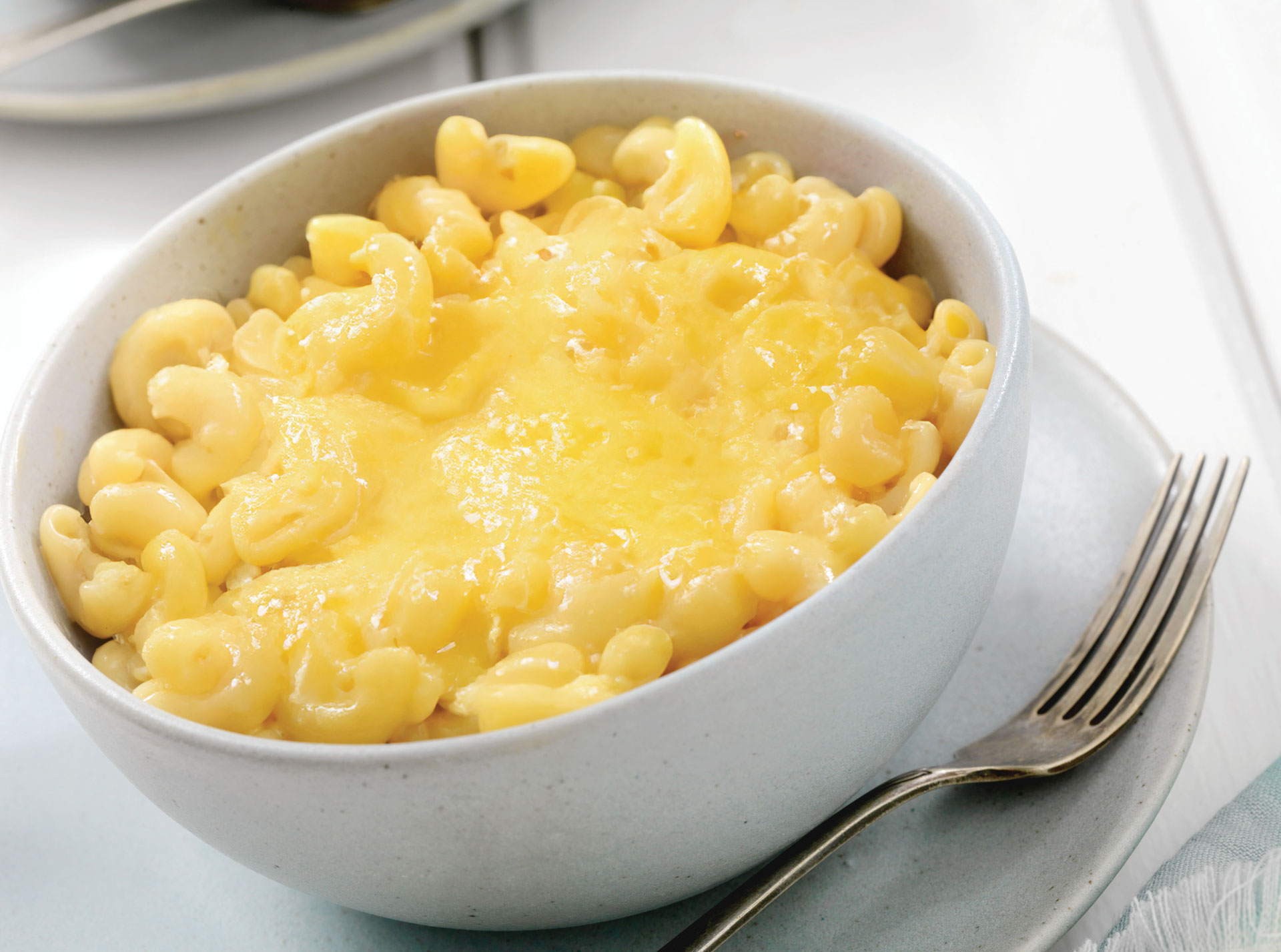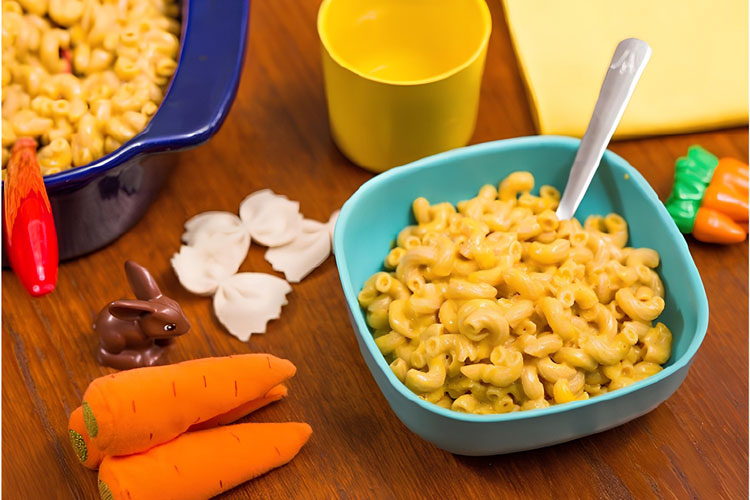

Cook once, eat at least twice by doubling this recipe and freezing half. Reheat the frozen portion on a day when you’re short on time or energy to cook.

Many recipes, just like this one, use vegetables that are shredded, minced, or blended into the dish. This can add flavor, texture, and nutrients. Your child may not notice vegetables are in there, which is okay, but this is different than purposefully “hiding” vegetables in a dish to trick them into eating them. “Hiding” or “sneaking in” vegetables without letting your child know is not recommended and can backfire. It’s best to be honest with your child about what is in the foods they’re being offered. Your child will learn to trust you, which helps create a positive feeding relationship.
Side-Lying Hold
This hold is useful when:
Cross-Cradle Hold
This hold is useful when:
Clutch or “Football” Hold
This hold is useful when:
Cradle Hold
This hold is useful when:
Laid-Back Hold
This hold is useful when: